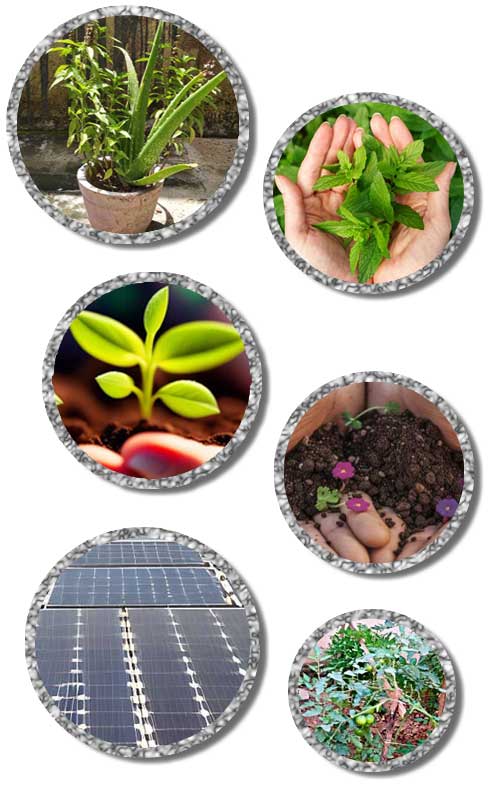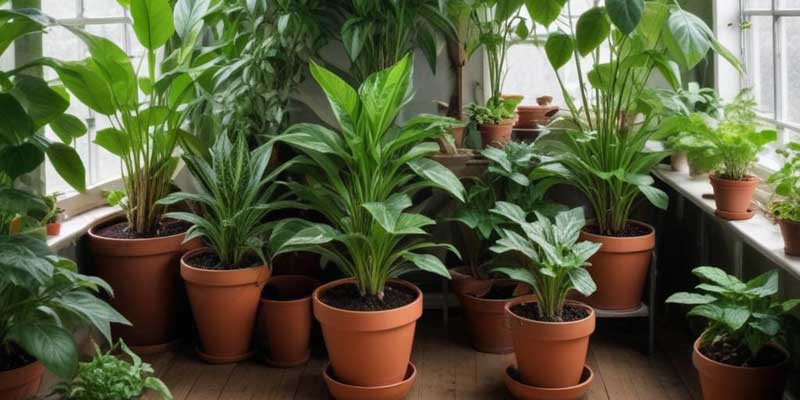Indoor plants are more than just decorative elements; they bring many benefits to our living and working spaces. From purifying the air to boosting our mood, these green companions can transform environments. Here’s a guide on the best indoor plants, their benefits, and how to care for them.
List of best Indoor Plants
- Snake Plant (Sansevieria trifasciata)
- Benefits: Excellent air purifier; removes toxins like formaldehyde and benzene.
- Care Tips: Thrives in low light and needs minimal watering. Water every 2-3 weeks, allowing soil to dry out between waterings.
- Spider Plant (Chlorophytum comosum)
- Benefits: Removes pollutants such as carbon monoxide and xylene. It’s also pet-friendly.
- Care Tips: Prefers bright, indirect light and well-drained soil. Water moderately, allowing the top of the soil to dry out between waterings.
- Aloe Vera
- Benefits: Known for its healing properties, particularly for skin. It also purifies the air.
- Care Tips: Needs bright light, ideally direct sunlight. Water thoroughly but infrequently; allow soil to dry out completely between waterings.
- Peace Lily (Spathiphyllum)
- Benefits: Removes mold spores from the air and can increase humidity, beneficial for respiratory health.
- Care Tips: Prefers low to medium light. Keep the soil moist, but not waterlogged, and mist the leaves regularly.
- Philodendron
- Benefits: Effective in removing formaldehyde from the air. It’s also very easy to grow.
- Care Tips: Thrives in low light conditions and prefers evenly moist soil. Allow the top inch of soil to dry out between waterings.
- English Ivy (Hedera helix)
- Benefits: Reduces airborne fecal-matter particles and filters out formaldehyde.
- Care Tips: Prefers cooler temperatures and indirect light. Keep soil moist, but not soggy.
- Rubber Plant (Ficus elastica)
- Benefits: Purifies air and is very resilient, making it ideal for indoor environments.
- Care Tips: Prefers bright, indirect light. Water when the top inch of soil is dry.
- Boston Fern (Nephrolepis exaltata)
- Benefits: Excellent at removing toxins and improving humidity.
- Care Tips: Prefers high humidity and indirect light. Keep soil consistently moist and mist regularly.
Benefits of Indoor Plants
- Air Purification: Plants absorb carbon dioxide and release oxygen. Certain species are also capable of removing toxins like formaldehyde, benzene, and trichloroethylene from the air.
- Enhanced Mood and Productivity: Studies have shown that having plants in the office can increase productivity, creativity, and overall well-being. They also reduce stress and improve concentration.
- Humidification: Plants release moisture into the air, which can be beneficial in dry environments. This can help alleviate dry skin, colds, and sore throats.
- Aesthetic Appeal: Plants add a natural element to interiors, making spaces feel more inviting and pleasant.
Care Considerations
- Light Requirements:
- Understand the light needs of your plants. While some plants thrive in low light (e.g., Snake Plant, Philodendron), others require bright, indirect light (e.g., Aloe Vera, Rubber Plant).
- Place plants near windows, but be cautious of direct sunlight which can scorch leaves.
- Watering:
- Overwatering is a common mistake. Ensure pots have drainage holes to prevent waterlogging.
- Adjust watering frequency according to the plant’s needs and the season. For instance, most plants need less water in winter.
- Soil and Potting:
- Use appropriate soil mixes. For example, succulents need well-draining soil. Homemade compost can also be used for better growth.
- Repot plants every 1-2 years to provide fresh soil and room for growth.
- Humidity:
- Some plants, like Boston Ferns, require high humidity. Regular misting or placing a humidifier nearby can help.
- Grouping plants together can also increase local humidity.
- Fertilizing:
- Feed plants during their growing season (spring and summer) with appropriate fertilizers.
- Reduce or stop fertilizing during dormant periods (fall and winter).
- Pest Control:
- Regularly check for pests like spider mites, aphids, and mealybugs. Wipe leaves and use insecticidal soap if needed.
- Ensure good air circulation around plants to prevent mold and mildew.
By choosing the right plants and providing proper care, you can enjoy the myriad benefits of indoor greenery. Whether at home or in the office, these green companions can significantly enhance your environment and well-being.








